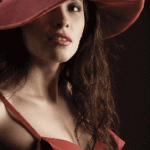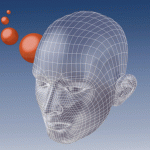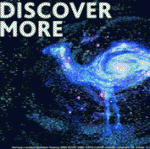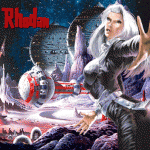Lenticular printing allows you to print many different lenticular effects. Depending on the number of images and the way they are interlaced, the result will have a different appearance. Most people are familiar with the typical flip animation. By changing the viewing angle you get to see two different images. However, there are many other applications, and below we give you a short explanation about the different possibilities.
Flip images
This is the simplest, but often the most effective form of lenticular printing. It consists of 2 or more images and can be produced for both horizontal (display walls) and vertical (postcards) applications. The viewing angle and the location of the person determine which image we get to see.
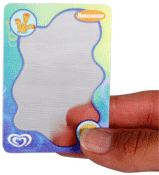
Moving/Animation pictures
This is a variant of the flip. Moving or animation pictures have on average 10 or more images woven together. The background image is stable, but the moving parts are printed in different places. By varying the viewing angle, one gets the impression that the image is moving.
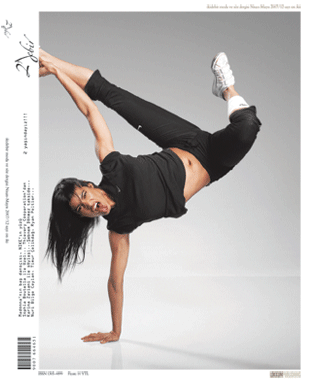
Lenticular effect:
Zoom effect
A real attention grabber is the zoom effect. When viewing the lenticular print from different angles, you get the impression that objects zoom in or out. In fact, the image is always the same, but it is interlaced in different sizes.
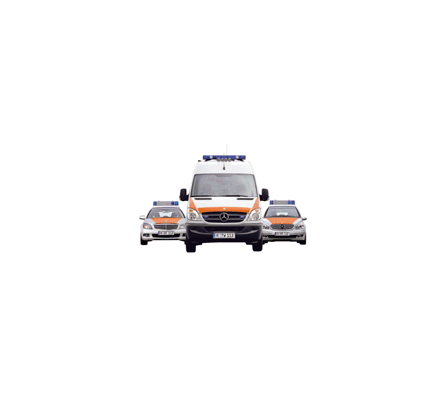
Morphing images
With this type of animation you create a transition from one image to another. The morphing takes place in different stages, so one gets the illusion that one object is gradually transforming into a different object. Good preparation of the images is crucial for a good effect. Morphing software is easy to find on the web.
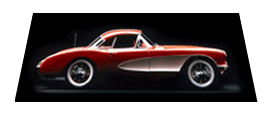
3D “depth” images
Three-dimensional simulations are very popular these days. By creating depth in the image, it takes the visual experience to a higher level. Lenticular printing is the only solution allowing to see 3D images without the help of special 3D glasses.
Images with 3D simulations are more complex. However, simple 3D effects can easily be created in Adobe Photoshop. To add more depth, you can use special software tools like Autodesk 3D Studio Max or others like Maya, Lightwave 3D, Cinema 4D, etc…
Another interesting application is the creation of 3D images from live photography. This can be achieved by means of a camera mounted on a sliding bar. The displacement and the number of shots will depend on the type of picture and the resolution of the used material.
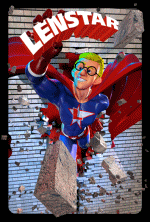

For more specific information, take a look at our 3D page



